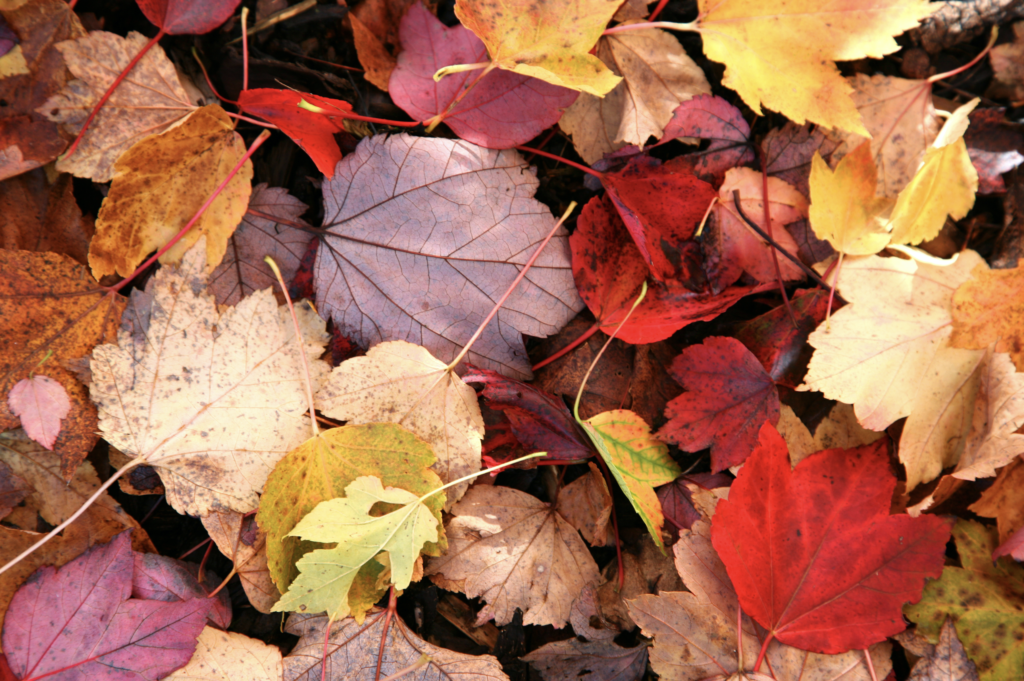Autumn is the time of year when nature graces us with a perfect landscape of red, orange, and yellow leaves to enjoy. As you take in the beautiful scenery, you may wonder: What causes the leaves to change colors in the fall months? Many people believe frost is the reason, but that’s actually a myth!

During warmer months, leaves create food for tree growth. The process takes place inside of plant cell structures called chloroplasts, which contain the pigment chlorophyll. This explains why the leaves are green during spring and summer! Fall brings shorter days and cooler weather, which brings this food-making process to a halt. The green chlorophyll breaks down, and golden-colored leaves begin to appear instead. Other chemical changes may occur, which result in different leaf colors like orange, red, and even deep purple.
These leaves last briefly before fall winds and rains cause them to drop. The cells that hold the leaves to the twigs become weak because the food-making process has slowed down. That’s why leaves drop easier in the fall than in the summer when trees are actively creating food for growth. Leaf-shedding helps protect trees by making it easier for the tree to handle any snow and ice collection that may happen as the weather grows colder.
